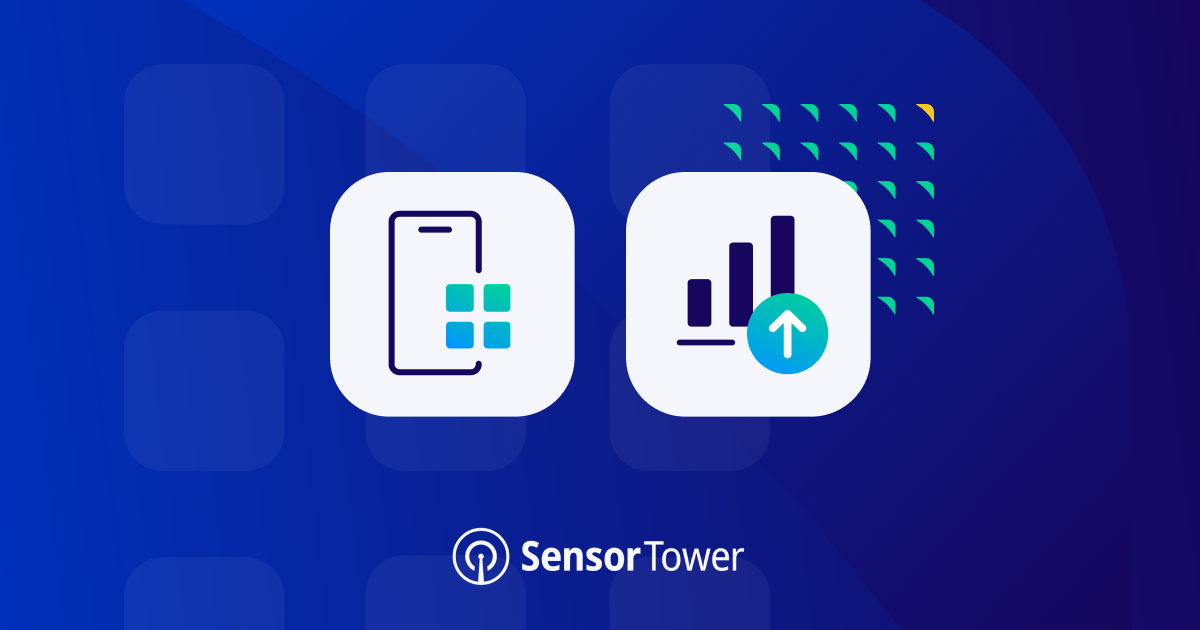Not long ago, “pillarbox” was a dirty word. Videos uploaded online with giant black squares on the side of the video frustrated many who bemoaned the inability for amateur videographers to “hold the phone the right way!” All that has changed.
Vertical video is now a thing. Social platforms, messaging apps, and other mobile-first apps have embraced showing video the way it was shot, regardless of aspect ratio. Naturally, that means most videos shot on mobile devices ends up vertical.
As mobile access speeds have increased, content shot on mobile (and more) is more easily available for consumption on mobile, which people are holding vertically most of the time.
A User Driven Phenomenon
 The rise of vertical video is something Apple and Google have more or less just let happen (sort of). Platform holders and content networks didn’t force anyone’s hand – it’s been driven by end users’ penchant for recording videos in the most comfortable hand position, and consuming content in that same grip.
The rise of vertical video is something Apple and Google have more or less just let happen (sort of). Platform holders and content networks didn’t force anyone’s hand – it’s been driven by end users’ penchant for recording videos in the most comfortable hand position, and consuming content in that same grip.
The other culprit for normalizing the idea of vertical video is Apple’s FaceTime video chat technology. While Skype was available on iPhones prior, the launch of the iPhone 4 and FaceTime in 2010 push the idea of mobile devices being a “window” to another space.
From some initial skepticism to just one part of a huge large mobile video-chat ecosystem FaceTime took off, especially amongst families, with better voice and video quality and screen-filling presence. People got used to it.

From FaceTime, came Meerkat and Periscope, live video broadcasting services that combined the full-screen immersion of FaceTime with the public nature of Twitter. Facebook jumped on with Facebook Live, continuing to embrace vertical as the default aspect ratio. The rest is history.
Users embraced these new tools, and the platforms ran with it.
Vertical Ads
People prefer not to turn their phone on the side if they don’t have to. Daily Mail North America CEO Jon Steinberg put it bluntly; “The whole notion of turning your phone on its side to watch a video is awkward and a bit of a hassle.”
Mobile devices are vertical most of the time (and on silent pretty often too!) and a good portion of that is due to the slight majority of portrait over landscape apps – about 60% to 40% respectively.
That may seem like a weird disparity, but not when we look at what apps are in those categories, and how often they’re used. In 2016, only one of the top 10 most downloaded apps was horizontal. Vertical mobile games, and vertical utility apps are also apps where users can spend a lot of time easily.

In a survey last year, Mediabrix found that less than 30% of users are willing to turn their phone sideways to view an ad, and that even when they do, they only watch about 14% of the video. Compare that to 90% completion rates for vertical video in vertical apps.
This means that vertical ads make sense, for brands and for publishers acquiring new users. Luxury automaker Audi saw an 80 percent higher completion rate with vertical mobile video ads when running in vertical apps.
Publishers of portrait apps can provide full-screen examples of their apps in ads, and include truly representative gameplay demos and interactive content. Brands can engage users within those portrait apps without having to force users to rotate.
Advertisers of all kinds can utilize the vertical format for display unique framing, and informative content that encourages engagement in a format that matches how users are most likely holding their devices at any given time.
Publishers monetizing their vertical apps gain a more seamless and better-integrated ad implementation that improves user experience overall. They can also sleep soundly knowing users won’t accidentally drop their phone from rotating it to view an ad.
Vertical and Horizontal Together
Phones can still be rotated, and tablets can still be propped up. Both can still be plugged into bigger screens still. Netflix is still in Apple’s most downloaded Top 10.
Horizontal video still has its place, and contrary to early vertical video naysayers, movie theatres aren’t going to need to go vertical either. Video sources and ad creatives are simply matching format to the best format for a viewing opportunity.
Whether you prefer your entertainment straight up and down, or side to side on your screen, there’s more content coming your way. Whether it’s widescreen scripted movies, or vertical livestreams of your favorite concerts, there’s never been a better time to be a content consumer.
 The actual process of creating vertical video content is still up for debate in the creative community, but that’s a discussion for another day. Advertisers who have embraced vertical video as an ad unit are already seeing exceptional engagement rates, so no doubt creatives will be figuring out the best methods soon as the format pushes itself to the fore.
The actual process of creating vertical video content is still up for debate in the creative community, but that’s a discussion for another day. Advertisers who have embraced vertical video as an ad unit are already seeing exceptional engagement rates, so no doubt creatives will be figuring out the best methods soon as the format pushes itself to the fore.
Join the Conversation
Is your portrait app’s vertical video engagement through the roof? Let us know what you think by tweeting @AdColony. For the latest AdColony mobile news and updates, follow @AdColony on Twitter, like us on Facebook, or connect on Linkedin.
- Effectively Scaling Apps – The Myth of the Whale Busted - May 17, 2022
- How to Maximize and Optimize Engagement in Your App - May 5, 2022
- Offer Walls for App Monetization: Everything You Ever Wanted to Know - April 14, 2022



